ANAHEIM, Calif. — The first video I ever liked on YouTube was called “Pokémon Theme Music Video.” Its resolution is shoddy, but I remember what happens in the clip: Two floppy-haired boys soulfully perform the Pokémon TV show theme song, lip-syncing, “I wanna be the very best like no one ever was” as they dance around a childhood bedroom. They throw around a stuffed Pikachu toy, lick a Jesus figurine and expose their belly buttons.
Ian Hecox and Anthony Padilla were teenagers on the cusp of adulthood when the video was posted in 2005. It was, for awhile, the most popular video on YouTube, reaching 24 million views until it was removed for copyright infringement. They then formed a duo they named Smosh — a joke based on a misunderstanding of the term “mosh pit.”
The two legends stand before me now, both 37 years old with distinctive, no-longer-floppy hairstyles. Hecox is still the “adorkable” one — with his wire-rimmed glasses and funky-patterned shirt, he looks like a mix of Chris Evans and Charlie Day. Padilla leans more alternative, thanks to his neck tattoos, facial piercings and tiny braids sticking out of his tousled, wavy hair.
They stopped to talk minutes after being honored at the content creator convention VidCon in June as part of its inaugural Hall of Fame. It was like going to a high school reunion and seeing that the one slightly weird popular guy who was always nice to you grew up and became a millionaire.
Still upbeat and humorous, Hecox and Padilla are no longer powered by the feral enthusiasm of their teenage years. They grew up, but not too much. Just shy of 20 years after I first developed a crush on the playful duo, they have done the impossible: maintained a career as online creators. It hasn’t been easy or predictable, but it’s one for the history books.
‘Oh, we’re famous!’
As Smosh and several other early social media pioneers gathered after VidCon’s Hall of Fame ceremony, Hecox tells me that his whole career started because he and Padilla were bored. They’d been friends since sixth grade and dabbled in content creation on their own website, smosh.com, and MySpace before seeing that things could really take off on a new website called YouTube.
“At the time, there was no way to make money being a creator. It was just uploading weird videos of yourself,” he says. “Pretty quickly, we started garnering an audience.”
Eventually, they found a way to make money, dropped out of community college, left their parents’ homes and never looked back.
“We were on a subway in 2006, and a random guy said, ‘Are you the guys that made the Mortal Kombat theme song video?’ And I said, ‘Yeah.’ And he said, ‘It sucks,’” Padilla laughs. “I was like, ‘Oh, we’re famous!’”
When YouTube was still a novelty, it was hard to go viral but easier to gain a following. Algorithms hadn’t yet mastered predicting what people like, so returning to certain pages was more commonplace. In the early years of Smosh, they parodied theme songs then began writing and performing sketches that skewered pop culture, like “If Scary Movies Were Real” and “Beef ’n Go.”
Their posts were scrappy — shoddily filmed and familiar, like they might as well be your school friends messing around on camera. But they were seen by millions, becoming the most-subscribed YouTube channel for several months in 2006, 2007, 2008 and 2013.
“Smosh is honesty one of the best examples of what long-term success looks like in the creator economy,” Liam Parkinson, cofounder at creator payment company Inflverse, tells me after VidCon. “They were one of the first YouTube duos to break through in the early 2000s, and 99.9% of creators who broke through as part of that first wave either disappeared or struggled to evolve. Smosh continued to reinvent itself. That’s what makes it so unique.”
The duo didn’t just survive; they grew into a full-scale digital-first studio. Smosh isn’t just here because it refused to go away. It transformed and adapted, despite reaching the brink of death at several points.
Going corporate
Media company Alloy Digital, which later became Defy Media, purchased the Smosh brand in 2011, expanding it to include a variety of content, including animation and gaming videos. Smosh’s then-president, Barry Blumberg, told Deadline in 2013 that the brand’s viewership increased 40% since being acquired.
In 2015, Smosh expanded beyond just a duo, hiring cast members to appear in sketches. They later started a web sitcom called Part Timers and a live sketch show called Smosh Live, launching multiple web series through the years and developing into a full entertainment company without any of the traditional trappings of a Hollywood studio.
Anthony Padilla, left, and Ian Hecox at the Los Angeles premiere of Smosh: The Movie. (Eric Charbonneau/Getty Images for AwesomenessTV)
Ari Lightman, professor of digital media and marketing at Carnegie Mellon University, tells me that the way Smosh launched so many side channels and projects aided them in their evolution from an early YouTube artifact to an icon. They grew up as their audience did, collecting new viewers in the process.
“Sometimes, when ownership changes hands … you can become sort of polarized from your audience,” he says. “[Smosh] created a whole bunch of different channels — Smosh Games, and a variety of other things. … As a demographic gets older, they’re looking for different types of content [and] things that will resonate with them.”
What Smosh did worked, Lightman says, though it had its consequences. At a time when other channels were still figuring out how to survive, Smosh branched out and identified new trends like gaming and tried to conquer them. But as joining a larger media company like Defy Media helped them generate buzz, they lost some of their lovably scrappy foundation — and a cofounder.
‘I need to be doing what makes me happiest’
Padilla left the channel in 2017, citing a lack of “creative freedom.”
“I’ve been holding on to these memories and hoping that someday Smosh should be like how it was when we first started, before Smosh was a brand, owned by a company,” Padilla says in a goodbye video shared to YouTube. “And I had to come to terms with the fact that Smosh, being part of a company, has put all of my creative decisions through a filter of what’s appropriate for the Smosh brand, as deemed by the company. … I need to be doing what makes me happiest to wake up each morning. Right now, that’s, for me, to do things on my own again, with complete creative freedom — to be able to make whatever I want, whenever I want.”
One year later, Defy Media abruptly shut down, laying everyone off. It looked like it might be the end for Smosh, but after a few months of functioning independently, it was purchased by Mythical Entertainment — a company owned by fellow longtime YouTubers Rhett & Link. Smosh was able to retain most of their cast and crew and soon launched a weekly podcast, building up their own business again.
In 2023, Smosh returned to its roots. Padilla came back, and with Hecox, the duo purchased a majority stake to become an independent entity again. They’ve still got talent and an impressive production staff, but to this day, you can still catch a glimpse of the pair in sketches together and in Smosh’s talk show, Bit City.
‘There’s nothing we can’t overcome’
Hecox, CEO Alessandra Catanese and cast member Angela Giarratana met with me the day after VidCon’s Hall of Fame ceremony to discuss the longevity of Smosh.
“I got [Padilla] back as a friend first,” Hecox says. “It’s kind of crazy. Our comedic sensibilities are still so much alike even though we’ve totally changed as people. But being able to be friends in a more authentic context again has been really special, because we’ve just been able to just hang out and not have it be for business reasons.”
“We can’t have them in sketches together,” interjects Giarratana, an improv savant who’s wearing a boxy blazer that she’s declared her “interview outfit.” “They’re instigators. They’re troublemakers. And it smells.”
Catanese, who has been the CEO of Smosh since 2023, lets her coworkers fire off a few jokes before taking the reins. She tells me that Smosh has “been through a lot of ups and downs, but without that, it wouldn’t be what it is today.”
“There was a lot of learning of what not to do,” she continues. One of the biggest decisions she made, together with Padilla and Hecox, was that they wanted to stay privately owned.
Hecox and Padilla at the 2023 Streamy Awards. (Axelle/Bauer-Griffin/FilmMagic via Getty Images)
“It honors the spirit and heart of what [Padilla and Hecox] did when they started it from the get-go, and also the roots of YouTube, which [are] in creative collaboration,” she says. “Now, it feels like a well-oiled machine … our talent are thriving, our programming team are stronger than ever, and there’s still a lot for us to learn … but we’ve learned failure is an opportunity, and there’s nothing we can’t overcome.”
‘We’ve never been in a better place’
With 20 years of Smosh under his belt, Hecox’s focus is no longer on the day-to-day operations of the brand. He’s the president, and one of his priorities is finding employees who fit their values, then retaining that talent to help them move up in the ranks. For instance, their former channel manager is now the executive vice president of programming and content.
Smosh’s full cast, including Padilla and Hecox in the middle. (Courtesy of Smosh)
Though he doesn’t say it outright, I can tell that Hecox’s pivot to president is part of the secret to his extraordinarily long career. It’s hard to be in front of a camera for two decades — though, he admits, it’s “not coal mining” — but that doesn’t mean you have to leave the brand you’ve built or the coworkers you adore behind.
Something that was talked about frequently at VidCon is deciding when your future might be in management, not creation. It’s a hard pivot — creating is glamorous, and management is strategic. Both keep the creator economy afloat. But just because you understand going viral doesn’t mean you can run a business.
“I think this is something a lot of YouTubers need to face as they grow their own channels: Do I want to be a creator or do I want to be a manager?” Hecox says. “I think there’s a lot of people who think that growth is the only option … and that’s not always the answer. You might need to hire somebody that is a talented manager … and understands business.”
He lauds Catanese for the role she’s played in sustaining the company. Catanese admits she can get swept up watching the cast perform — they’re delightful — but that’s not her native territory.
“I don’t want to be in the limelight so much as I want to be great at the business side of things. I thrive off the idea of Smosh surviving another 20 years and helping everybody stay employed,” she says. “Creators need to ask themselves that. … At a certain point, you can’t do both.”
Catanese says most of Smosh’s revenue comes from Google AdSense, or the money the platform shares with creators after showing ads on their videos. They also benefit greatly from branded content and livestreamed events. Their entire video production process, from preproduction to upload, takes up to two months.
“I can say this confidently: We’ve never been in a better place,” Hecox says. “We’re hitting on all cylinders. … I think our team is the best that it’s ever been. The revenue’s good, and I feel really positive about the future.”
“The audience says it’s our golden era,” Giarratana adds.
The secret to longevity
Among early YouTubers who have survived changes to platforms and content and the world, Smosh has been around the longest. Everyone wants to ask them the secret to longevity, myself included.
Hecox answers sincerely, without a smirk or a harried sigh. He’s addressed this many times, but that’s a great problem to have.
“Just staying open. Staying open to new ideas, new formats, but not directly copying other creators,” he says. “We have a defined company core value of comedy rooted in friendship — that’s our mission statement — so we’re able to filter everything through that. … We don’t want to be a clone.”
“We like to Smoshify things,” Catanese adds.
They each repeat the word with confidence, knowing that nothing that any other brand or YouTube channel will ever capture what it is to “Smoshify.” Their story is too wild and messy to ever be emulated, and that’s exactly why it works.

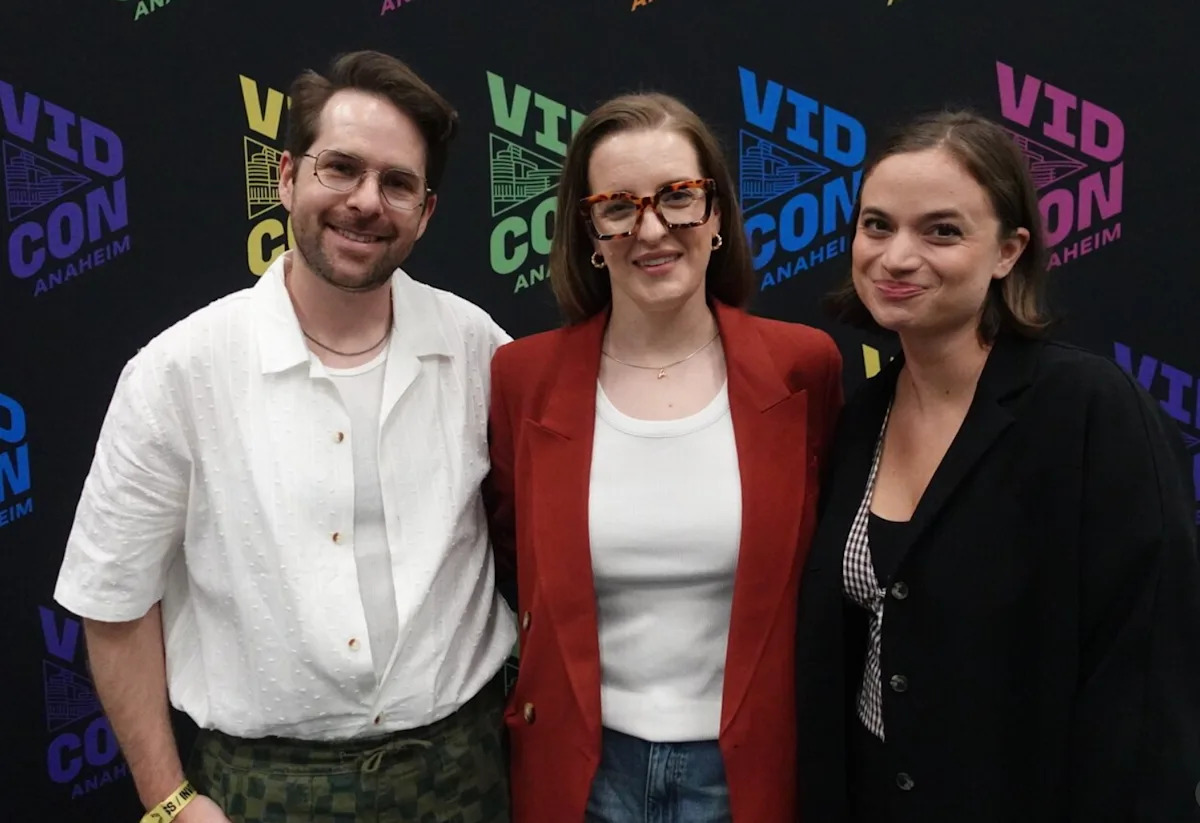

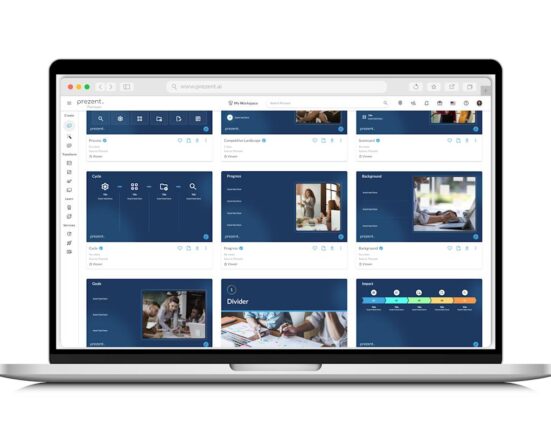
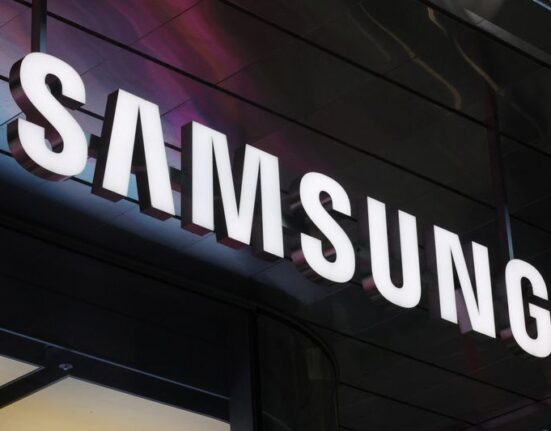
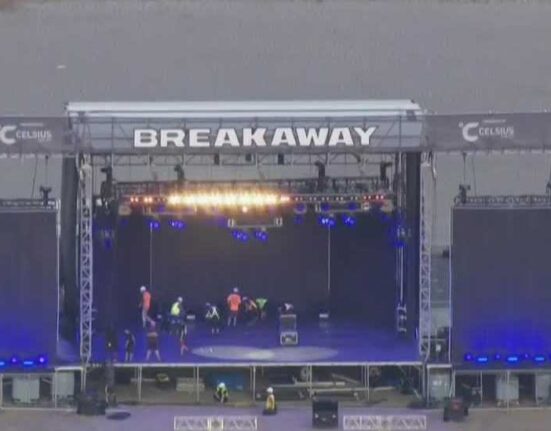
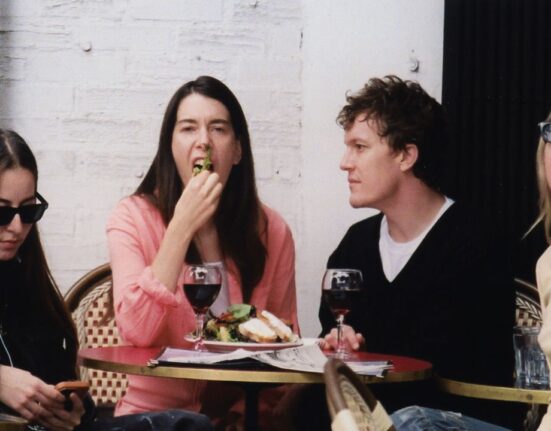
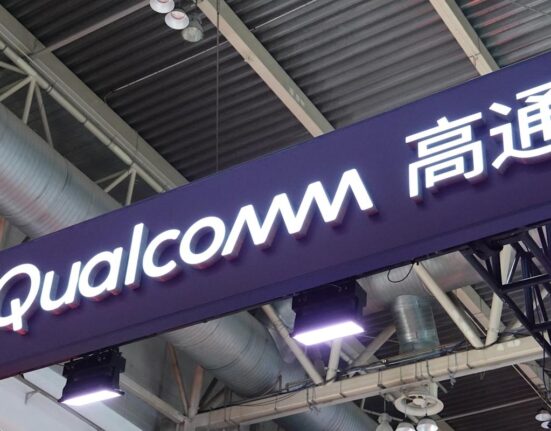
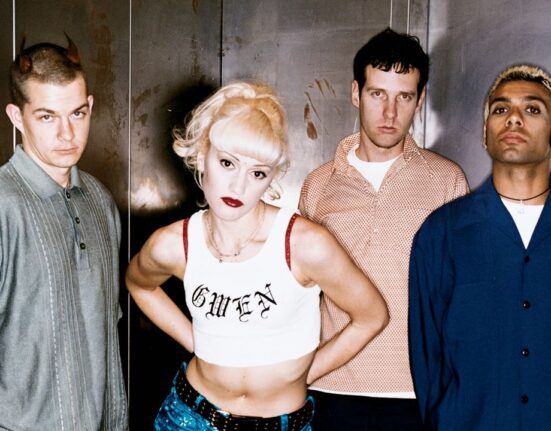

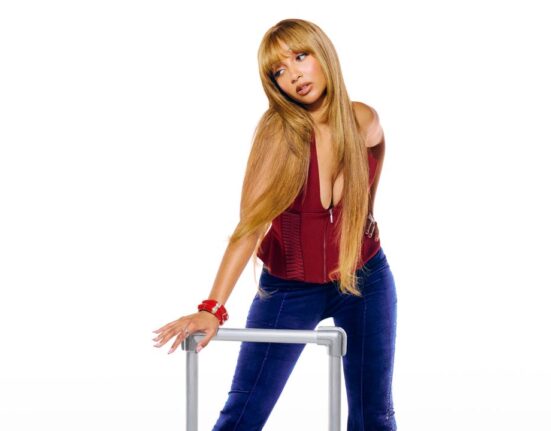
Leave feedback about this